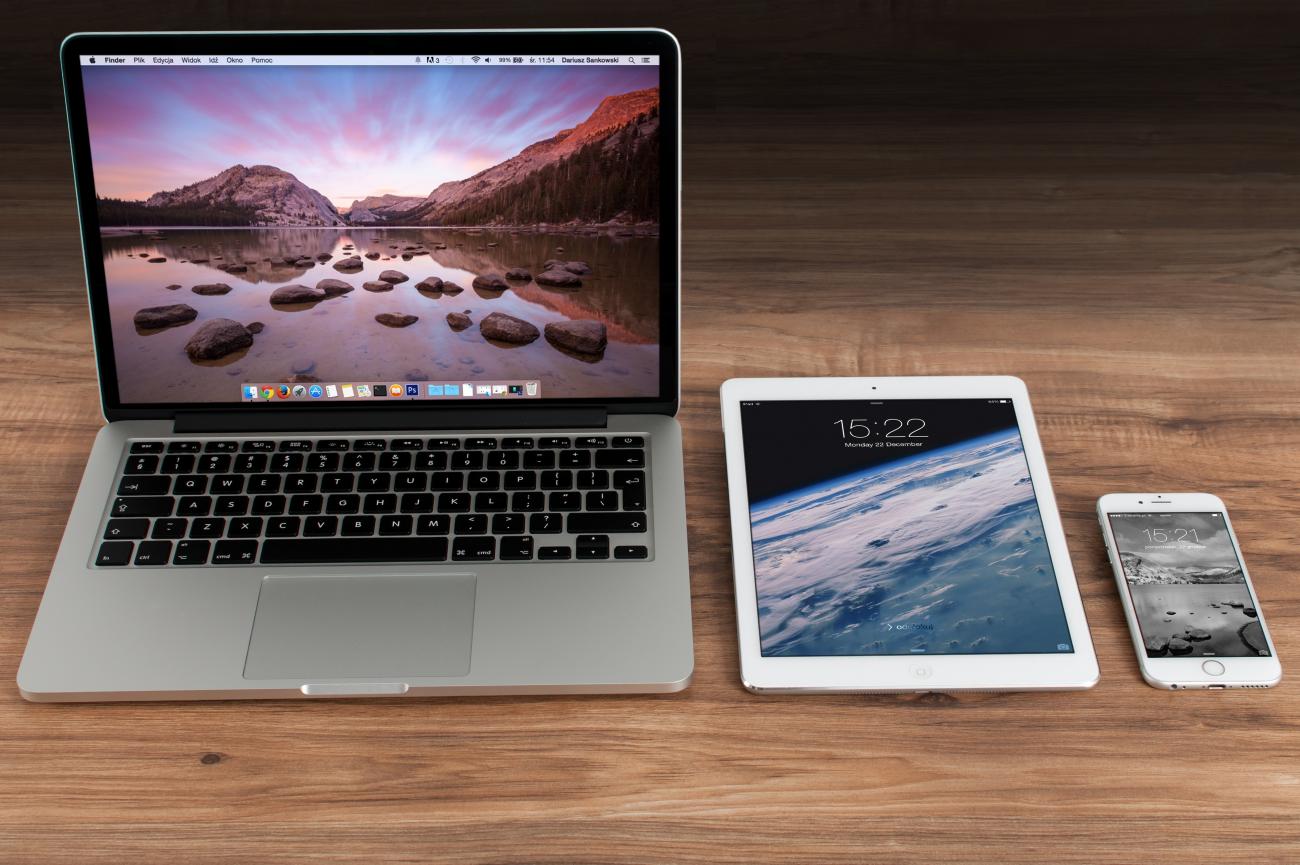Apple has come a long way since its rise as a disruptive start-up picking fights with established computer giants like IBM. It is this commitment to innovation and disruption that had Steve Jobs flying skull and crossbones at the Apple HQ and remarking that “It is better to be a pirate than to join the navy”. However, it wasn’t just pure defiance and relentless innovation that allowed Apple to become the technology giant that it is now. It is a company that is empathetic with customer needs, it has a rugged pursuit of profitable opportunities and is very perceptive to market trends. One key cultural characteristic is that it gives creative people the space to grow and take lead. It is not surprising that central planning was a defining characteristic of the fallen USSR. In addition, Apple’s products were revolutionary, from the first iterations of their computers, the iPod and later the iPhone all transforming their respective industries. Characteristic of Steve Jobs, he ensured that all Apple products were designed (sometimes painstakingly so) with consumer applicability in mind. With the death of Steve Jobs in 2011, it was up to Tim Cook to take the wheel of Apple.
Since the death of Steve Jobs, the valuation of Apple has grown from $700 million to a market valuation of $3 trillion (since fallen). This is reflective of Tim Cook’s statesmanship in chartering the choppy waters of geopolitics and in developing the highly successful products of the apple watch and air pods. In addition, Apple now provides digital services to customers, such as Apple Music and Apple TV. Just for perspective, if Apple were a country it would usurp Great Britain as the 5th largest economy in the world and with net profits of $98 billion it has a larger budget than the Irish government. The same government ironically offered Apple large tax incentives to establish the European headquarters in Cork. Therefore, it is not surprising that Apple is a true titan of our globalised world. It has a global supply chain that has its factories in the PRC (People’s Republic of China), raw materials such as Cobalt extracted from the DRC (The Democratic Republic of the Congo) and is designed in the sun-kissed state of California. In fact, with 43 countries supplying various aspects of the iPhone, the only continent not strung into the global web of Apple suppliers is Antarctica. It is this expansive network of suppliers that transcend zones of conflict, national borders and geographical barriers that allows us to purchase Apple products at a relatively affordable price. In line with the economic theory of comparative advantage (the idea that we specialise in industries that we can deliver at a lower cost than others rather than crowding in on an industry/sector just because we have the ability to do so), it is estimated that if Apple were to produce and manufacture its products in the US, an iPhone would be between 30-100 x the current price. In absolute terms, that is between $30,000 or $100,000 for an iPhone (Forbes: 2018). Along with allowing us to connect with people across the world, Apple products are home to one of the world largest internal markets. The Apple app store generated annual gross revenue of US $72.3 billion in 2020. Therefore, owning apple products is like being linked to a global ecosystem, with marketplaces for business (in the form of apps) to sell services, large digital libraries with infinite amounts of data available using search engines, a community of social networking applications and even digital wallets.
Therefore, it is not surprising that this giant of the contemporary world economy is the model for value creation. Investors believe in Apple’s ability to convert ideas into innovative products, to turn ambition into reality and to not only disrupt mature industries but to build whole new industries. For those who point to quantitative easing or an era of low-interest rates in explaining Apple’s valuation, I would suggest thinking about what device you are reading this ABM insight on and then take a moment to reflect on what came before it. Apple’s valuation today is more reflective of investors belief in Apple’s place in tomorrow’s world economy.
Written by Henri Willmott

